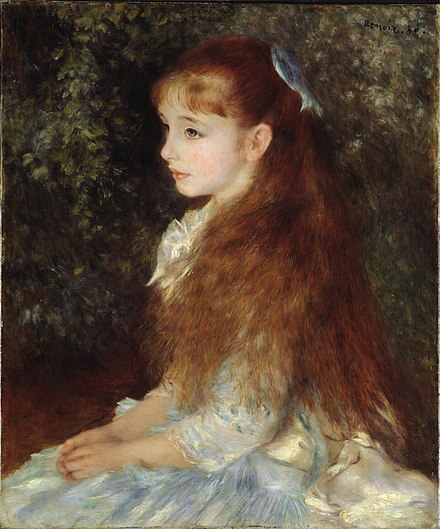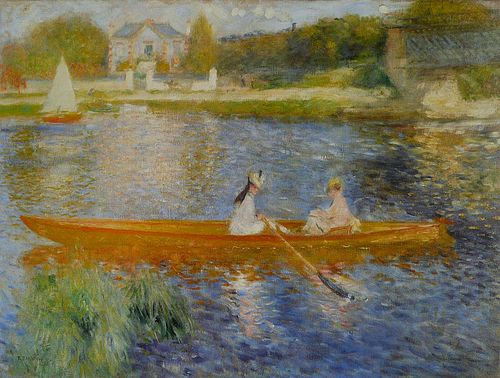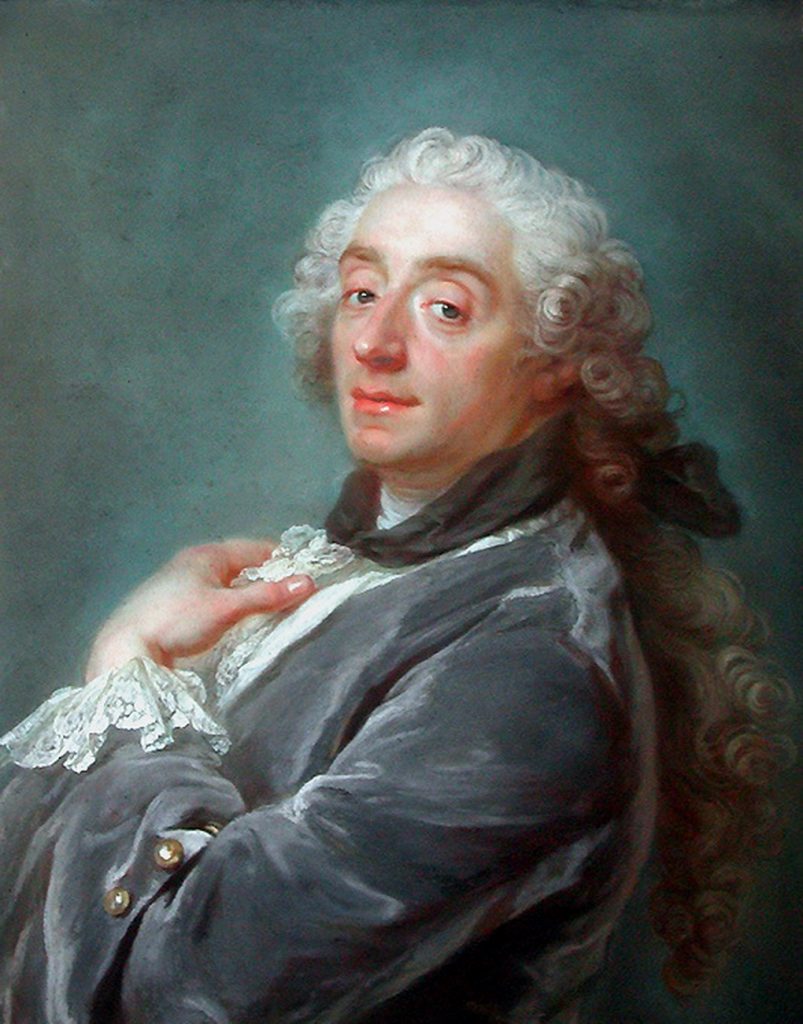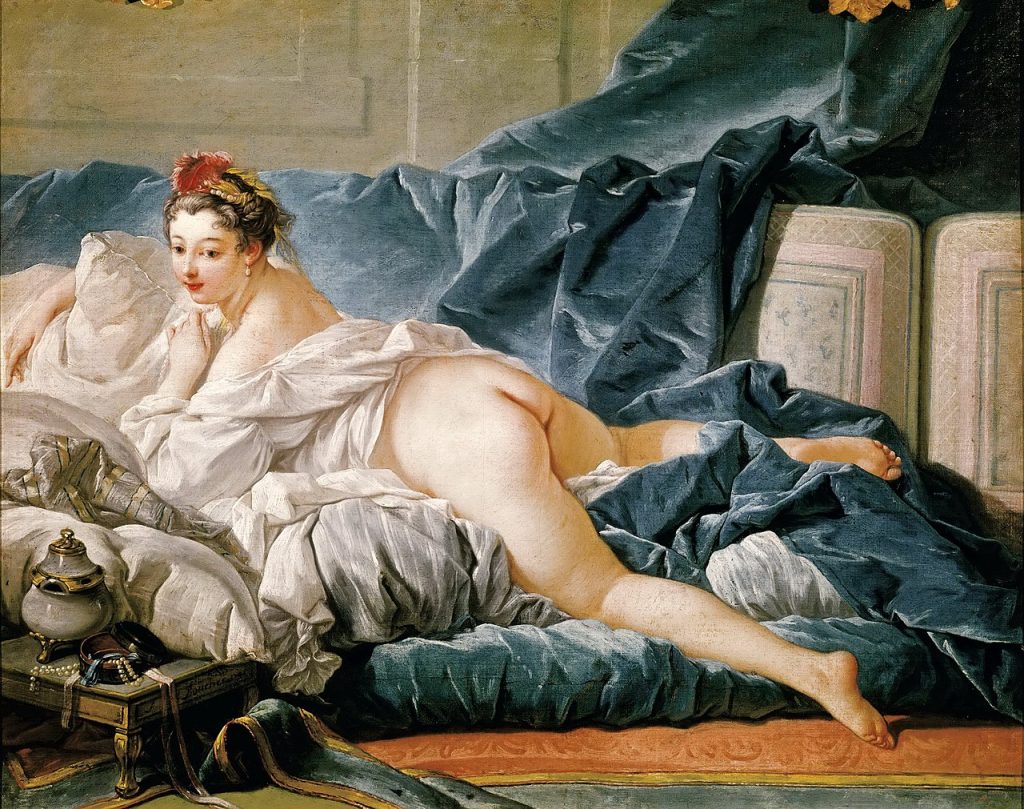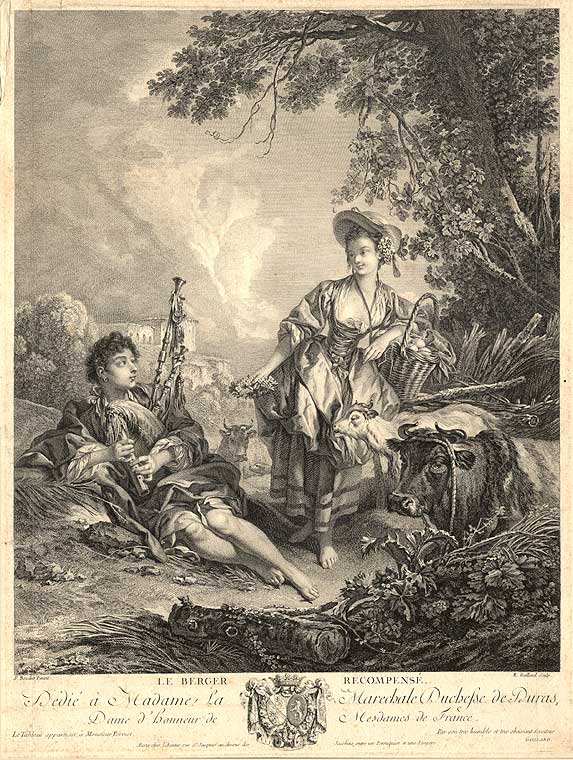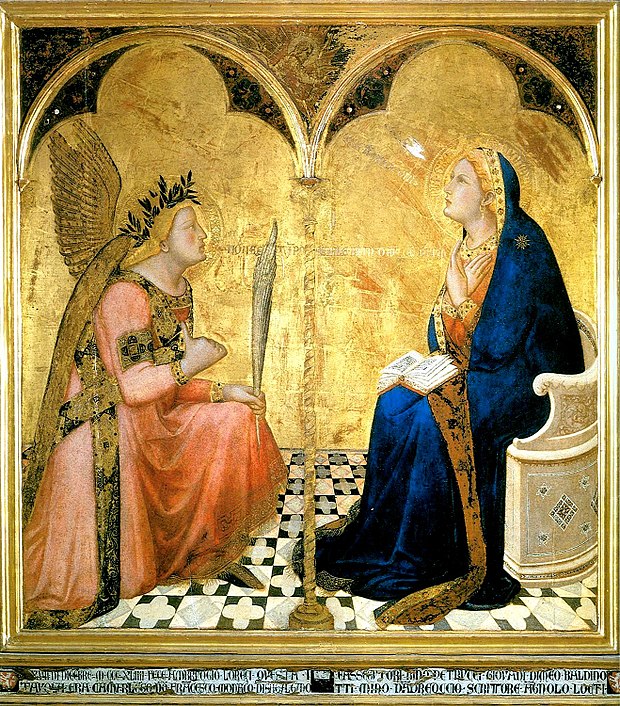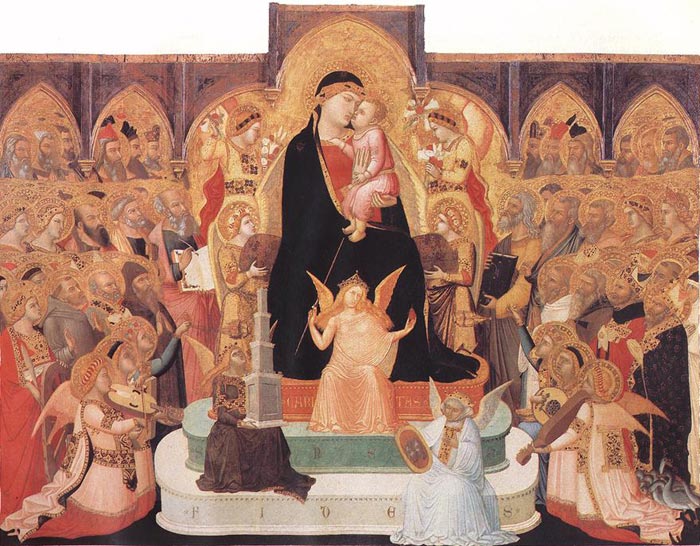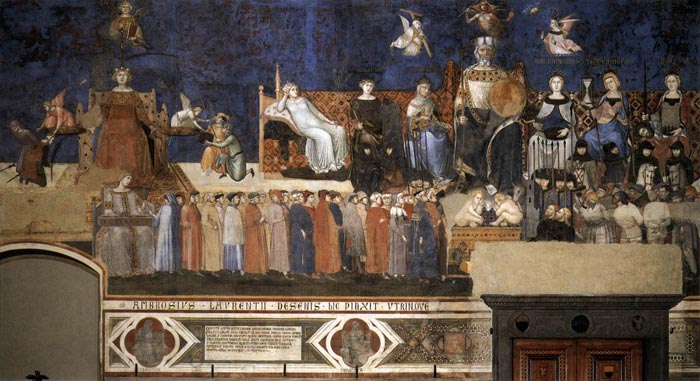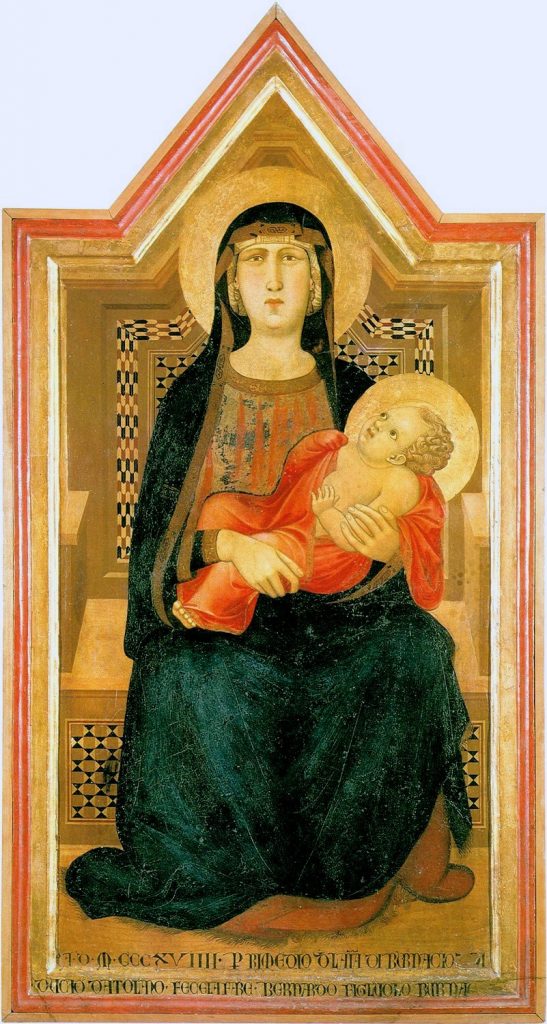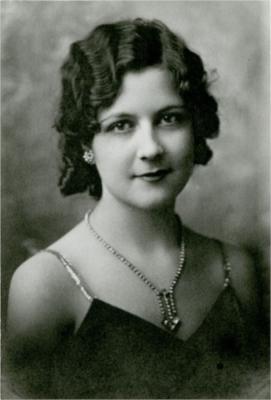
Dorothea Tanning is an American-born surrealist painter. She graduated from the galleys Berg public high school in 1926 and started working at the local public library.
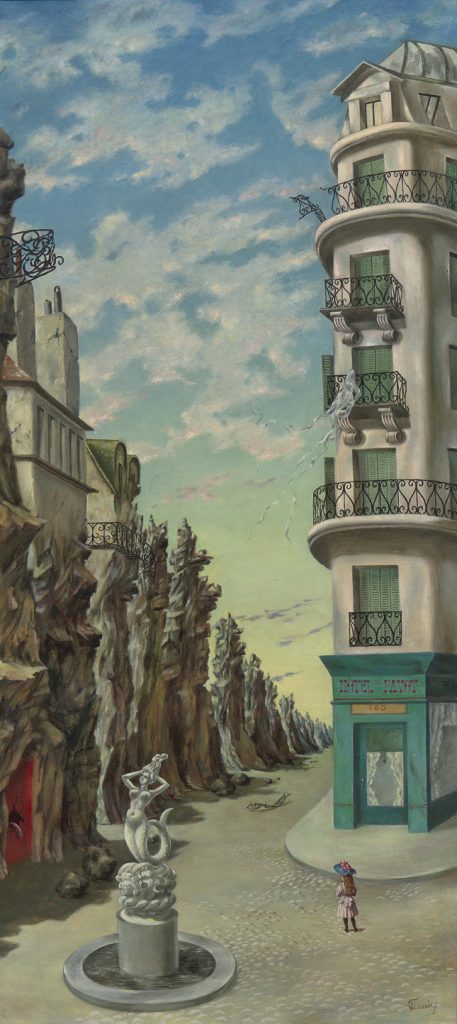
After college, she pursued an art career which took her to Chicago and New York. Tanning first discovered surrealist art at the Museum of Modern Art in 1936. She was a self-taught artist and was greatly inspired by Gothic and romantic novels. Her work over the years became much more sexual and abstract. As well as a painter she was also a well-known sculptor printmaker and writer.

I was particularly drawn to this artist because of the painting entitled birthday. I looked at it briefly and then quickly had to look again and as you keep looking at it it just gets weirder and weirder. The doors look infinite, I can’t tell if there is another door or a mirror behind the figure, her strange outfit and hair, and the strange Wizard of Oz creature.

One of the things I really like about surrealist art is that they paint a really strange world.



